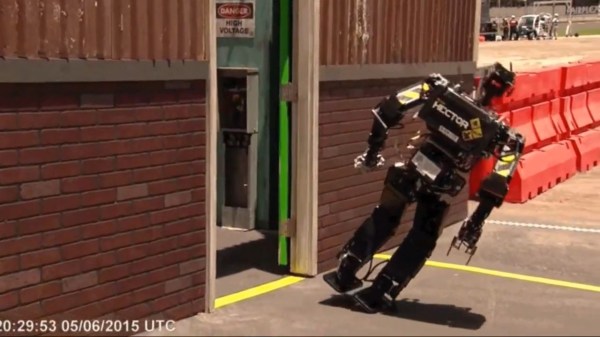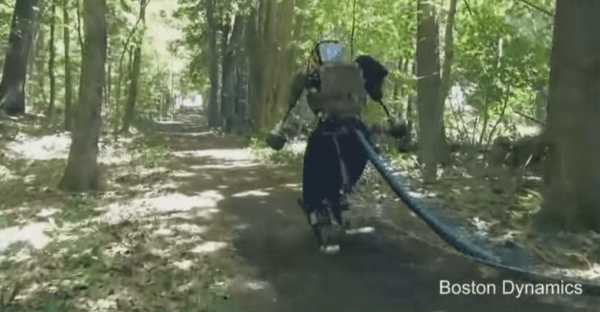Despite quite a few articles stating Sphero was behind the technology that made the real movie BB-8 droid, like this Tech Crunch article:
Sphero, makers of the eponymous spherical robots that you control with your smartphone — as well as the new BB-8 droid in Star Wars: The Force Awakens…
and this excerpt from Fortune Magazine:
The same underlying technology (made by Sphero), which was licensed to create the version of BB-8 that graced the stage at the Star Wars Celebration…
Heck, even we drank the jungle juice with our original coverage! But now it seems the truth is finally coming out. As it turns out, it was actually built in Pinewood by the Creature Animatronics (CFX) team which includes [Matt Denton] — He’s the guy who built the Mantis Robot. A hacker / engineer — not a big toy company.
Two articles released this week on StarWars.com and EmpireOnline.com name various people from the CFX team at Pinewood as having built the movie puppets and the real BB-8. No mention of Sphero at all of course. They also state that they had to come up with the technology from scratch and that nothing like it already existed.

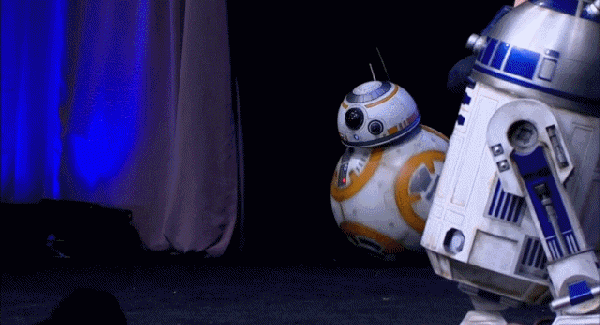


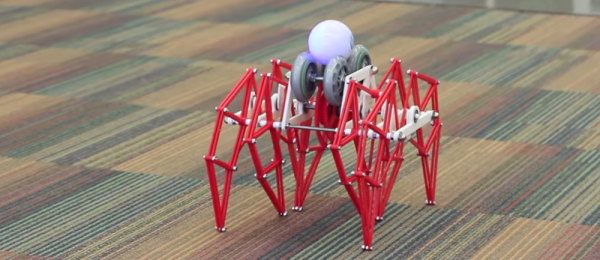



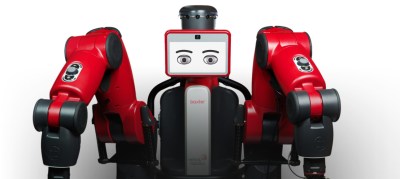 In 2013,
In 2013, 